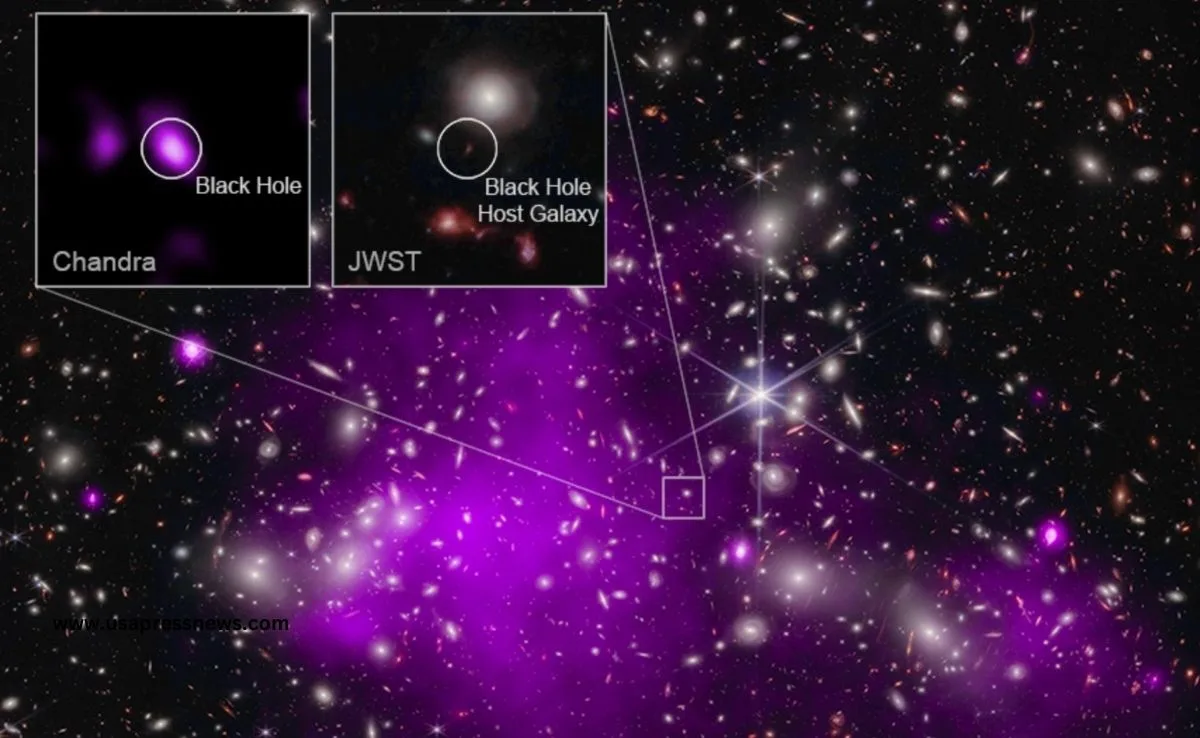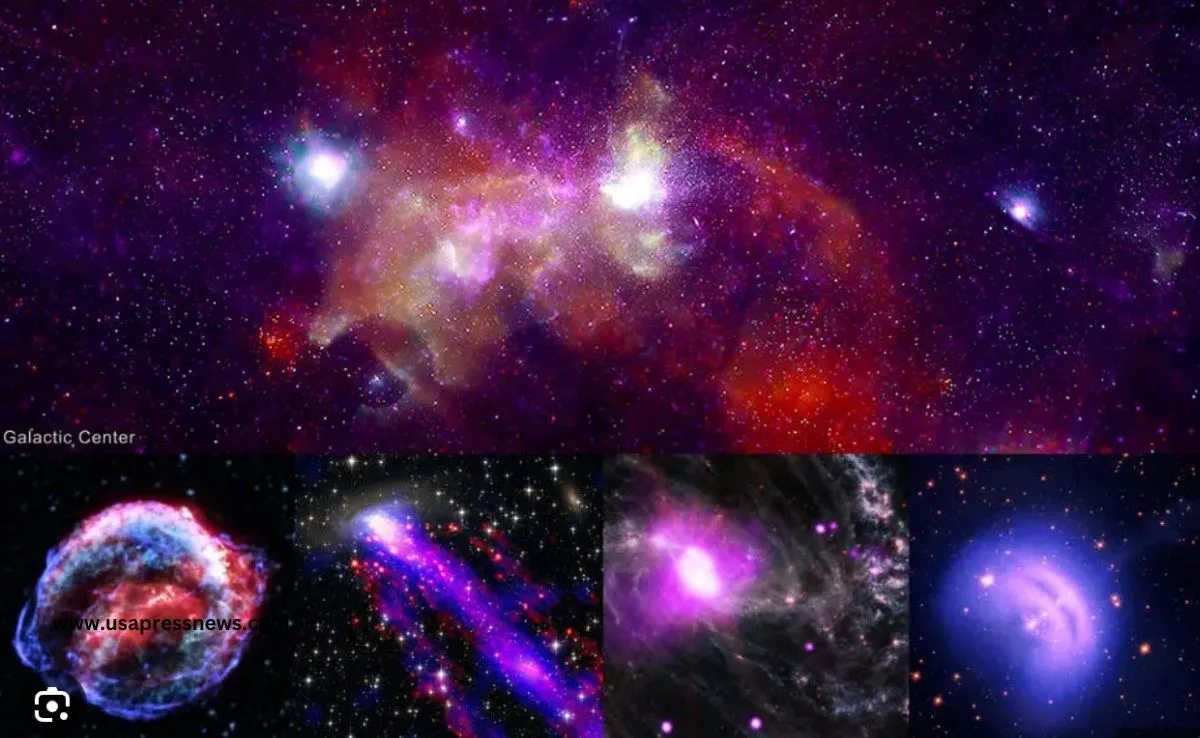How to Generate a Black Hole From Nothingness.2024 Update.
Dark openings were remembered to emerge from the breakdown of dead stars. Be that as it may, a Webb telescope picture showing the early universe indicates an elective pathway.

What number of ways are there to leave this universe?
How to Generate a Black Hole From Nothingness – Maybe the most popular leave involves the passing of a star. In 1939 the physicist J. Robert Oppenheimer and his understudy Harlan Snyder, of the College of California, Berkeley, anticipated that when an adequately gigantic star runs out of nuclear fuel, implodes internal and continues falling perpetually, contract wrapping space, time and light around itself in what today is known as a dark opening.
However, it just so happens, a dead star probably won’t be expected to make a dark opening. All things being equal, in some measure in the early universe, monster billows of early stage gas might have fallen straightforwardly into dark openings, bypassing a long period of time spent in fame.
That is the conditional determination as of late arrived at by a gathering of space experts concentrating on UHZ-1, a spot of light dating from not long after the Huge explosion. Truth be told, UHZ-1 is (or alternately was) a strong quasar that spat fire and X-beams from a gigantic dark opening 13.2 a long time back, when the universe was not exactly 500 million years youthful.

That is uncommonly soon, inestimably talking, for so gigantic a dark opening to have appeared through heavenly breakdowns and consolidations. Priyamvada Natarajan, a space expert at Yale and the lead creator of a paper distributed in the Astrophysical Diary Letters, and her partners, fight that in UHZ-1 they have found another divine species, which they call an overmassive dark opening cosmic system, or O.B.G. Basically, an O.B.G. is a youthful universe secured by a dark opening that turned out to be too large excessively quick.
The disclosure of this bright quasar could assist stargazers with settling a connected riddle that has tempt them for quite a long time. Practically every world noticeable in the cutting edge universe appears to hold onto at its middle a supermassive dark opening large number of billions of times as huge as the sun. Where did those beasts come from? Might common dark openings at any point have become so huge so quick?
Dr. Natarajan and her partners suggest that UHZ-1, thus maybe numerous supermassive dark openings, started as early stage mists. These mists might have imploded into portions that were intelligently weighty — and were adequate to kick off the development of overmassive dark opening worlds. They are another update that the universe we see is represented by the undetectable calculation of murkiness.
“As the principal O.B.G. up-and-comer, UHZ-1 gives undeniable proof to the arrangement of weighty starting seeds from direct breakdown in the early universe,” Dr. Natarajan and her associates composed. In an email, she added: “Nature appears to make BH seeds numerous ways, past heavenly passing!”
Daniel Holz, a scholar at the College of Chicago who studies dark openings said: “Priya has tracked down a very thrilling dark opening, if valid.”
He added, “It is essentially too enormous too soon. It’s like thoroughly searching in at a kindergarten study hall and there among all the 5-year-olds is one that is 150 pounds or potentially six feet tall.”
As indicated by the story that cosmologists have been informing themselves concerning the development of the universe, the primary stars consolidated out of billows of hydrogen and helium left over from the Huge explosion. They consumed sweltering and quick, rapidly detonating and falling into dark openings 10 to multiple times as enormous as the sun.
Over ages, progressive ages of stars were shaped from the remains of past stars, enhancing the science of the universe. Also, the dark openings left over from their demises continued combining and developing in some way, into the supermassive dark openings at the focuses of universes.
The James Webb Space Telescope, sent off a long time back this Christmas, was intended to test this thought. It has the greatest mirror in space, 21 feet in measurement. More significant, recording infrared frequencies from the radiance of the most far off and in this manner earliest stars in the universe was planned.
In any case, when the new telescope was prepared on the sky, it saw new worlds so gigantic and splendid that they overcame cosmologists’ presumption. Contentions have seethed for the most recent few years about whether these perceptions truth be told compromise a longstanding model of the universe. The model portrays the universe as made out of a hint of noticeable matter, dumbfounding measures of “dull matter,” which gives the gravity to keep cosmic systems intact, and “dim energy,” pushing these worlds separated.